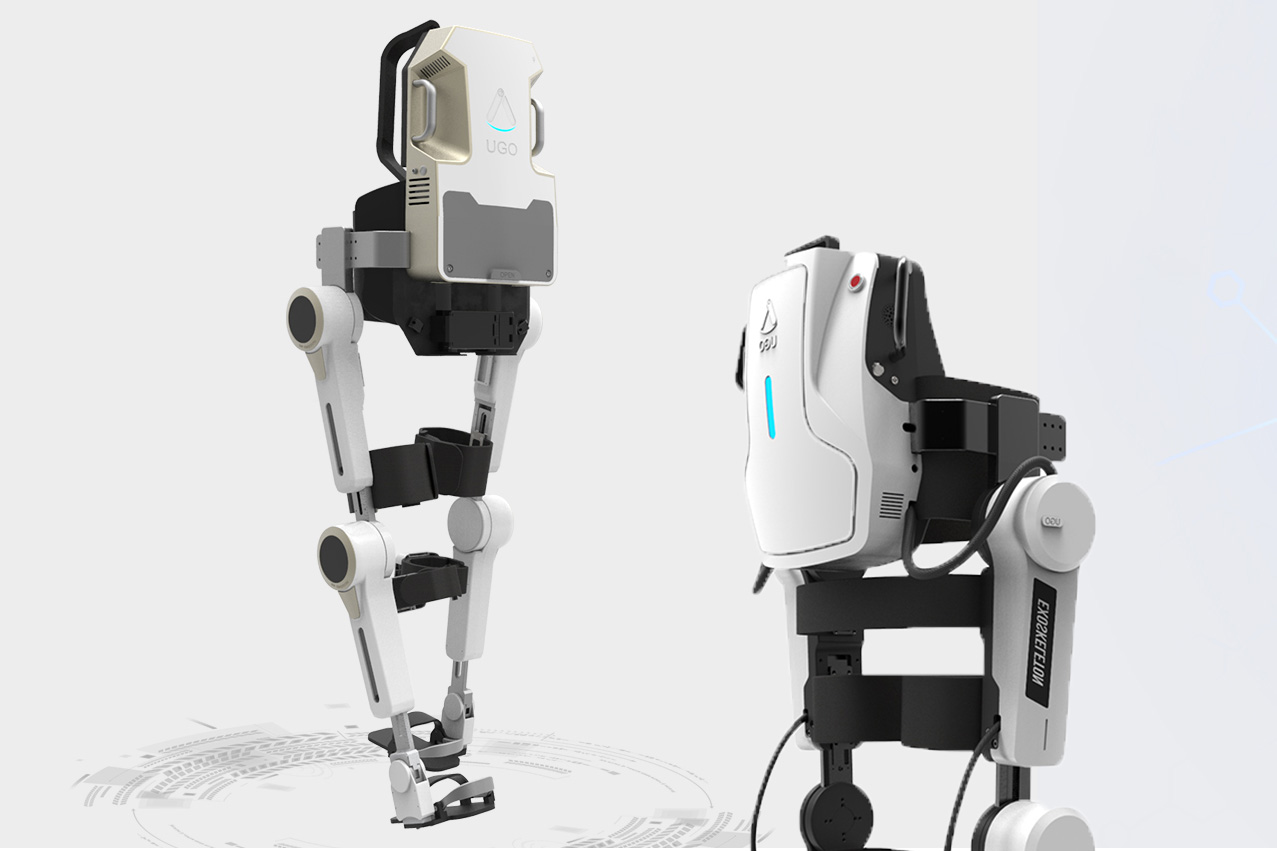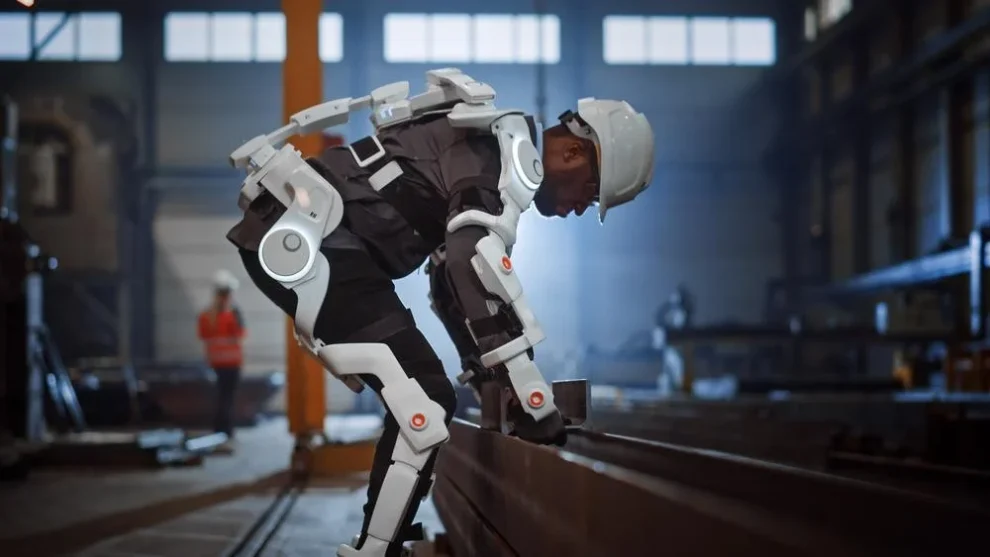The realm of science fiction is slowly bleeding into reality. Imagine a suit that can significantly reduce the physical strain of everyday tasks or amplify athletic performance. This futuristic vision is no longer a fantasy; it’s becoming a reality thanks to advancements in AI-powered exoskeletons.
These wearable robots are revolutionizing various industries, from construction and manufacturing to healthcare and athletics. Let’s delve deeper into the world of AI-powered exoskeletons and explore how they’re poised to transform the way we work, move, and potentially, even live.
Beyond Bulky Bots: The Rise of Lightweight, AI-Driven Exoskeletons
Traditional exoskeletons were often bulky, cumbersome contraptions confined to research labs or military applications. However, recent advances have ushered in a new era of lightweight, user-friendly exoskeletons powered by artificial intelligence.
These next-generation exoskeletons utilize an array of technologies:
- Lightweight Materials: Gone are the days of clunky metal frames. Modern exoskeletons are constructed from lightweight, high-strength materials like carbon fiber and advanced polymers, making them much more wearable and comfortable for extended periods.
- Advanced Sensors: A network of sensors embedded within the exoskeleton gathers real-time data on the user’s movement, muscle activity, and even environmental factors.
- Artificial Intelligence: This is where the magic happens. AI algorithms analyze the sensor data, predicting the user’s intended movements and providing real-time assistance. AI can adjust the exoskeleton’s support dynamically, minimizing strain and optimizing performance.
These advancements have resulted in exoskeletons that are not only lighter and more comfortable but also incredibly intelligent, adapting to the wearer’s needs and providing tailored assistance.
Revolutionizing Work: Exoskeletons for Enhanced Productivity and Reduced Injury
The industrial sector stands to benefit significantly from AI-powered exoskeletons. Workers in physically demanding jobs like construction, manufacturing, and warehousing can leverage these suits to:
- Reduce Physical Strain: Exoskeletons can offload a significant portion of the weight being lifted or manipulated, minimizing strain on muscles and joints. This can lead to improved productivity and a reduction in workplace injuries.
- Prevent Musculoskeletal Disorders: Repetitive lifting and strenuous tasks are major contributors to musculoskeletal disorders (MSDs) like back pain and carpal tunnel syndrome. Exoskeletons can help prevent these debilitating injuries, leading to a healthier workforce.
- Enhance Worker Safety: Certain exoskeletons can provide additional support and stability, reducing the risk of slips, falls, and other workplace accidents.

These benefits are not just theoretical. Studies have shown that exoskeletons can reduce worker fatigue by up to 30% and decrease the risk of injury by as much as 40%. This translates to a healthier, more productive workforce and potentially lower healthcare costs for businesses.
Beyond Industry: Applications in Healthcare and Beyond
The potential applications of AI-powered exoskeletons extend far beyond the industrial sector. Consider these possibilities:
- Rehabilitation and Physical Therapy: Exoskeletons can assist individuals recovering from injuries or disabilities by providing targeted support and guidance during physical therapy exercises.
- Military Applications: Soldiers carrying heavy backpacks or operating heavy equipment could benefit from exoskeletons to improve endurance and reduce fatigue.
- Everyday Life Assistance: Exoskeletons could potentially assist the elderly or people with mobility impairments, enabling them to maintain greater independence in their daily lives.
The possibilities seem endless. As AI-powered exoskeletons continue to evolve, we can expect to see them revolutionize various aspects of our lives, not just in the workplace but also in healthcare, rehabilitation, and potentially even in everyday activities.
Ethical Considerations: The Human-AI Partnership
While AI-powered exoskeletons offer immense potential, ethical considerations need to be addressed:
- Job displacement: Some fear that exoskeletons could automate jobs currently performed by humans. However, these suits are likely to be seen as augmentative tools, increasing worker productivity rather than replacing them entirely.
- Accessibility and Cost: As of now, AI-powered exoskeletons can be expensive. Ensuring equitable access to this technology will be crucial.
- Data Privacy: The sensor data collected by exoskeletons raises concerns about data privacy. Clear regulations and responsible data management practices are essential.
Open dialogue and collaboration between developers, ethicists, and policymakers will be critical in navigating these ethical considerations and ensuring the responsible development and use of this technology.
















Add Comment